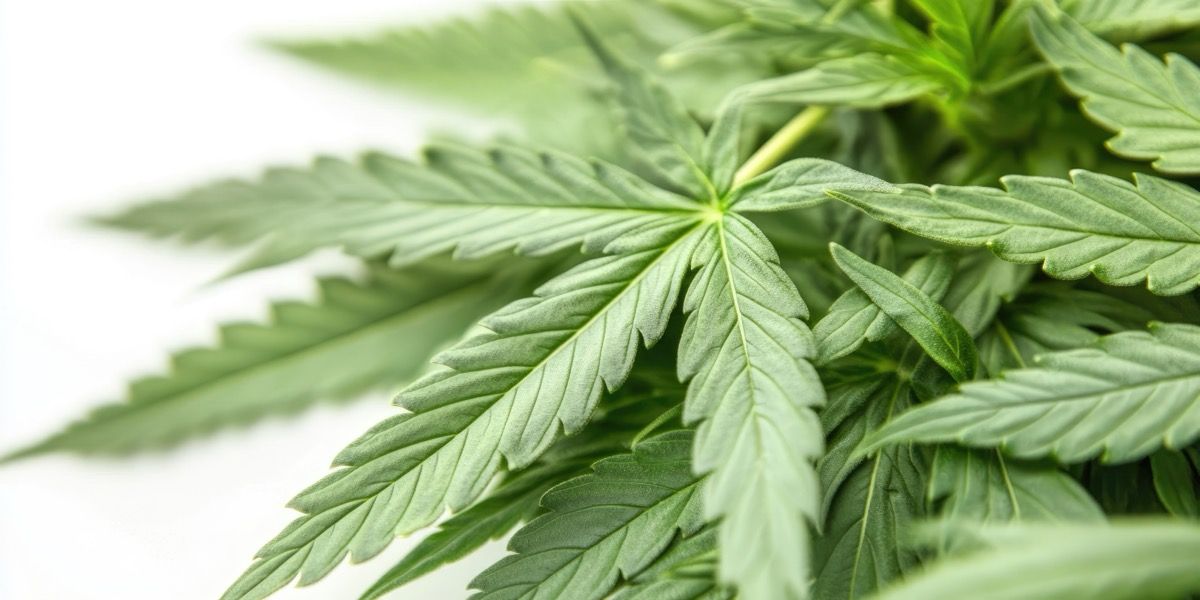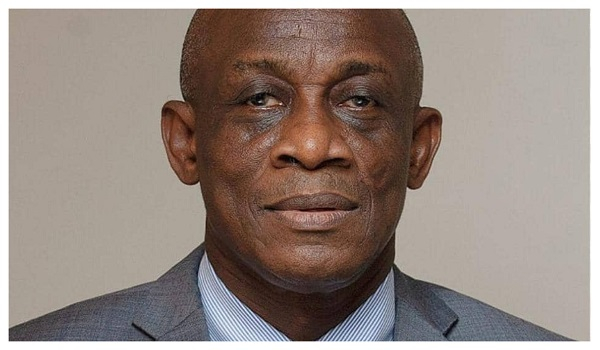
A Groundbreaking Study Published In Substance Use & Misuse Highlights A Troubling Trend: Fewer Individuals With Cannabis Use Disorder (CUD) Are Receiving The Treatment They Need. The Research, Spanning Sixteen Years, Examines Why Many Sufferers Go Untreated And Uncovers Evolving Barriers To Care.This Decline Occurs Despite Increasing Awareness Of CUD And The Potential Health Implications.
The Research Team, Led By Brian D. Graves, Assistant Professor At Florida Atlantic University, Analyzed Data From The national Survey On Drug Use And Health across Three Key Time periods: 2003, 2011, And 2019. The Findings Indicate A Notable Decrease In Treatment Rates For CUD, Dropping from 19% In 2003 To A Mere 13% In 2019.This Downward Spiral Raises Serious Concerns About The Adequacy Of Current Treatment Strategies And access To Care.
“Cannabis Use Disorder Treatment Is Often Overshadowed By treatments For Other Substance Use Disorders, despite Its Growing Prevalence And Impact,” Graves Noted. He Stressed That Identifying And Overcoming These Obstacles Is Crucial For Improving Outcomes For Individuals Battling This Disorder.
The Study Pinpointed Several Factors Influencing Whether Individuals With CUD Receive treatment. Those Who Had Received Mental-Health Treatment In The previous Year Or Were Under Community Supervision Were More Likely To Get Help.However, Several Barriers Prevented Others From Seeking Treatment. Here’s A Summary:
| Factor | Impact On Treatment |
| Prior Mental Health Treatment | Increased likelihood |
| Community Supervision | Increased Likelihood |
| uncertainty About Treatment Options | Barrier |
| Not Ready To Stop cannabis Use | Barrier |
| Perceived Stigma | Barrier |
| Concerns About Job Impact | Barrier |
| Inability To Afford Treatment | Barrier |
Notably, the Study Also Revealed That Hispanic Individuals Had Lower Odds Of Receiving CUD Treatment In 2003 Compared To Non-hispanic White Individuals, Though This Disparity Was Not Consistent In Later Years. Conversely, A Prior Arrest Was Linked To 2-3 Times Greater Odds Of Receiving Treatment In 2011 And 2019, A Trend Not Observed In 2003.
The Researchers Emphasize An Urgent Need For Targeted Outreach And Enhanced Education About Available Treatment Options For Cannabis Use Disorder. they Advocate For Extensive Strategies That tackle Both Practical Obstacles, Such As Affordability and Access, And Perceptual Barriers, like Stigma And Misinformation.
Did You Know? According to A 2024 Report By the Substance Abuse And Mental Health Services Administration (SAMHSA), Only A Small Percentage Of Individuals With Substance Use Disorders Receive Treatment Each Year. This Highlights A Systemic Issue That Extends Beyond Cannabis Use Disorder.
“Achieving Access To Care Requires Coordinated, Systemic Efforts That Prioritize The Unique Challenges Faced By varied Communities Affected By Cannabis Use Disorder,” Graves Explained. “Only Through Comprehensive Strategies Can We Hope to Close The Treatment Gap And Provide Effective Support To Those Who Need It Most.”
The Study Underscores The Complexities Of Cannabis Use Disorder In an Era Of Changing Cannabis Policies And Increasing Potency. As More States Legalize Cannabis And The Market Evolves, Understanding The Barriers To Treatment Becomes Even More Critical.
Pro Tip: If You Or Someone You Know Is Struggling With Cannabis Use Disorder, Resources are Available. SAMHSA’s National helpline (1-800-662-HELP) Offers Confidential Referrals To Local Treatment Facilities, Support Groups, And Community-Based Organizations.
Recent Data Indicates A Rise In Emergency Room Visits Related To Cannabis Use, Suggesting A Growing Need For Accessible And Effective Treatment Options. this Further Emphasizes The Importance Of addressing The Issues Identified In The Study.
Cannabis Use Disorder Is A Condition Characterized By The Compulsive use Of Cannabis Despite Negative Consequences. Symptoms Can Include Tolerance,Withdrawal Symptoms,And Neglecting Responsibilities. Effective Treatments Include Cognitive behavioral Therapy (CBT), Motivational Interviewing, And, In Some cases, Medication.
The Stigma Surrounding Substance Use Disorders Often Prevents Individuals From Seeking Help. Public Health Campaigns Aimed At Reducing Stigma And Promoting Understanding Are Essential. Addressing Misconceptions About Cannabis and Its Potential For Dependence Is Also Crucial.
what Are Your Thoughts on The Barriers To Cannabis Use Disorder Treatment? What Steps Do You Think Should Be Taken To Improve Access To Care? Share Your Comments Below.
Cannabis Use Disorder (CUD), ofen referred to as cannabis addiction, is a complex condition characterized by the compulsive use of marijuana despite negative consequences. It’s a recognized mental health disorder, defined by specific diagnostic criteria outlined in the Diagnostic and Statistical Manual of Mental Disorders (DSM-5). Understanding the nuances of CUD and its impacts is crucial for effective treatment and support. Related search terms include: *marijuana addiction symptoms*, *cannabis withdrawal effects*, *how to quit weed*, *signs of cannabis dependence*.
The DSM-5 lists several criteria used to diagnose cannabis use disorder. These criteria assess the severity of the disorder.
Many individuals struggling with cannabis use disorder face meaningful barriers to accessing and completing treatment. These obstacles can delay or prevent recovery. Addressing these barriers is crucial for improving outcomes. Keywords in this section may include: *marijuana addiction treatment barriers*, *access to cannabis addiction help*, *treatment for weed addiction*.
One of the primary barriers is a lack of awareness about cannabis addiction as a legitimate health issue. Additionally, the stigma associated with drug use, especially marijuana when viewed as a relatively harmless substance, can deter individuals from seeking help. Related search terms: *stigma of addiction*,*marijuana addiction is real*.
Access to effective CUD treatment programs can be limited. This may be due to a shortage of specialized treatment providers, high costs, insurance coverage issues, and geographic limitations. Finding a qualified professional informed in marijuana dependence can be challenging. For example, in certain rural areas or smaller towns, the resources might be less readily accessible compared to larger cities. Keywords to include would be: *affordable cannabis rehab*, *finding a cannabis addiction therapist*, *cannabis addiction treatment near me*.
Cannabis use disorder frequently co-occurs with other mental health conditions, such as anxiety, depression, and other substance use disorders. Successfully addressing both sets of issues often requires integrated treatment approaches, which can be challenging to find. Addressing these co-occurring conditions simultaneously often improves outcomes. Think about search terms like: *cannabis and depression*, *marijuana and anxiety treatment*, *dual diagnosis treatment programs*.
Individuals struggling with cannabis addiction must be willing to acknowledge their problem and commit to recovery. this is often a challenging process. Factors such as denial, ambivalence, and lack of support can hinder motivation.Related keywords include: *stages of change addiction*, *motivational interviewing in addiction treatment*.
Identifying the *predictors of cannabis use disorder* enables better prevention efforts and early interventions. Various factors can increase the risk of developing CUD. Relevant keywords would include: *risk factors for marijuana addiction*, *what causes cannabis addiction*, *early signs of weed addiction*.
Research suggests that there is a genetic component to cannabis addiction. If individuals have a family history of substance use disorders, they may be at higher risk for developing CUD.*Genetic risk factors for addiction*, *heredity and substance abuse*.
Starting to use cannabis at a younger age is a significant predictor of cannabis dependence. Adolescent brains are still developing,and early exposure to substances can disrupt normal brain development. Think about search terms such as: *marijuana use in adolescents*, *teenage weed use effects*, *early cannabis use risk*.
Frequently using marijuana and in large quantities significantly increases the risk of developing CUD. Higher doses and greater frequency generally elevate the risk. *Heavy cannabis use effects*, *daily marijuana use risk*.
As mentioned earlier, the presence of other mental health disorders, such as anxiety and depression creates a conducive environment for dependence on cannabis.Often, individuals will use cannabis to self-medicate symptoms. related keywords might be: *cannabis for anxiety*, *treating depression with marijuana*, *cannabis use and self-medication*.
Recovery from cannabis use disorder is absolutely possible. By taking proactive steps and seeking professional help, you can start to recover. Keywords to consider: *how to stop smoking weed*, *cannabis recovery tips*, *cannabis addiction support groups*.
The cornerstone of recovery is seeking professional help from a qualified therapist, counselor, or addiction specialist. often, therapists use evidence-based treatments like Cognitive Behavioral Therapy (CBT) and Motivational Interviewing. Keywords: *CBT for addiction*, *evidence-based cannabis treatment*, *addiction counseling near me*.
Participating in support groups, like Marijuana Anonymous (MA), provides a safe space to share experiences, receive peer support, and learn coping strategies. Benefits of groups can include accountability and social support.Search terms include: *marijuana anonymous near me*, *support groups for weed addiction*, *peer support for substance use*.
Building effective coping mechanisms is essential for managing cravings and preventing relapse. This includes things like exercise, mindfulness, meditation, and engaging in fulfilling activities that serve as healthy alternatives to cannabis use. Think about: *coping with cannabis cravings*, *mindfulness for addiction*, *activities to replace marijuana*.
John’s Story: john, a 32-year-old marketing professional, had struggled with cannabis use for over a decade. What started as occasional use for relaxation evolved into daily consumption. His work performance declined, and his relationships suffered. He eventually sought professional help. Through CBT, group therapy, and relapse prevention strategies, John gradually regained control of his life, emphasizing the long process of recovery.Through consistent effort and support,he has now remained sober for two years and has become a strong advocate for CUD awareness. *Cannabis addiction recovery stories*, *battling cannabis dependence*.
For more information on co-occurring disorders, see our article on Depression and Substance Abuse.
Table: Common Withdrawal Symptoms
Here are some common cannabis withdrawal symptoms that can occur after stopping cannabis use (please note: This is not an exhaustive list,and individual experiences may vary):
| Symptom | Typical Onset | Duration |
| Irritability | 1-2 days | 1-2 weeks |
| Anxiety | 1-2 days | 1-2 weeks |
| Sleep Disturbances (insomnia,vivid dreams) | 2-3 days | 1-4 weeks |
| decreased Appetite | 1-3 days | 1-3 weeks |
| Depressed Mood | 3-7 days | 1-4 weeks |
*Cannabis withdrawal symptoms timeline*,*marijuana withdrawal guide*.











